Home>Home Appliances>Laundry Appliances>How To Stop A Washing Machine From Moving
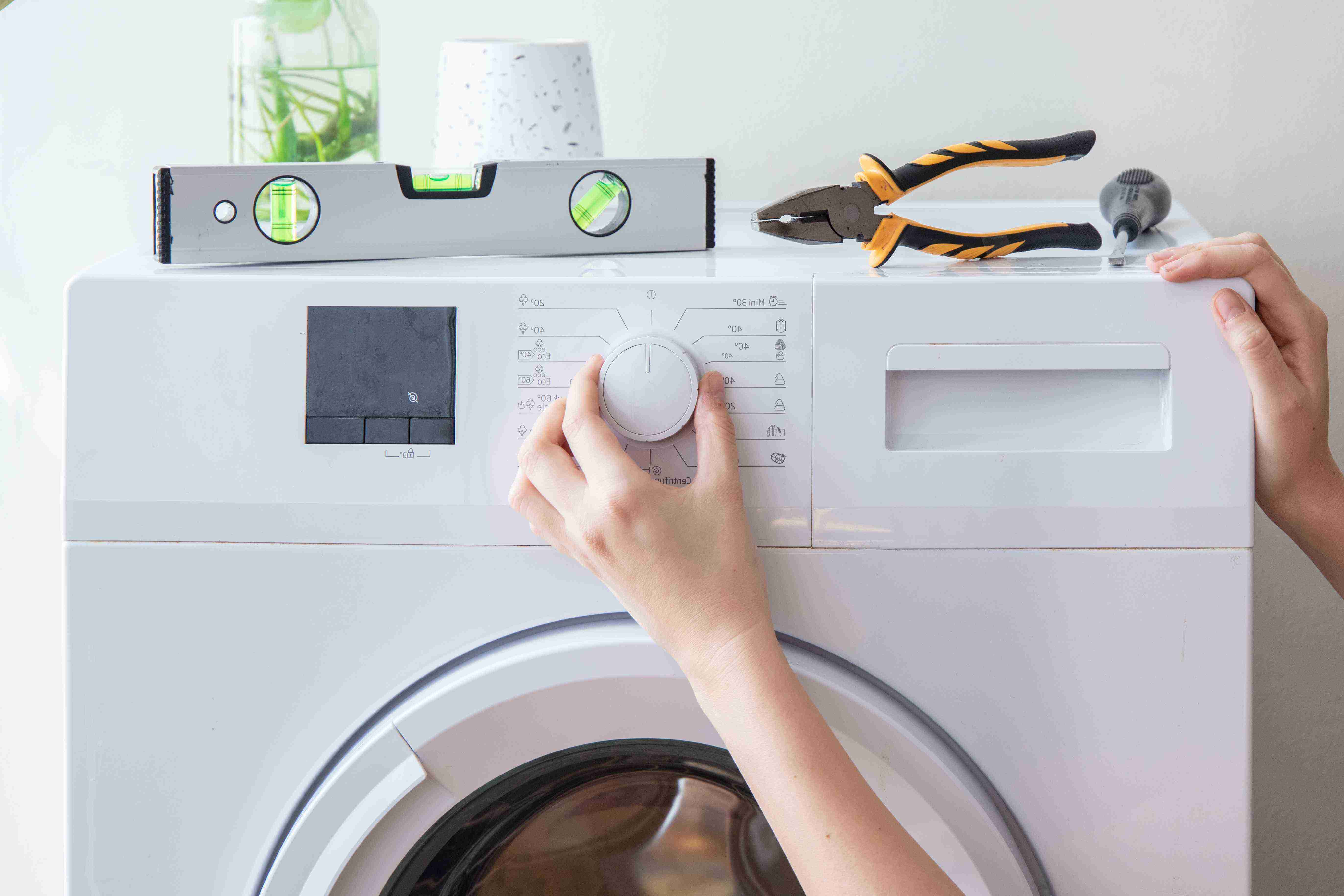

Laundry Appliances
How To Stop A Washing Machine From Moving
Modified: August 27, 2024
Learn how to prevent your laundry appliances from moving with these effective tips. Stop your washing machine from shaking and vibrating with simple solutions. Keep your laundry room calm and quiet!
(Many of the links in this article redirect to a specific reviewed product. Your purchase of these products through affiliate links helps to generate commission for Storables.com, at no extra cost. Learn more)
Introduction
A washing machine is an indispensable appliance in any household, simplifying the daunting task of laundry. However, a common issue that many people encounter is the machine's tendency to move and vibrate excessively during the spin cycle. This not only causes disruptive noise but can also lead to potential damage to the appliance and surrounding fixtures. Fortunately, there are several effective methods to prevent a washing machine from moving, ensuring a smoother and quieter laundry experience.
In this comprehensive guide, we will explore practical solutions to address this issue, ranging from simple adjustments to the utilization of specialized accessories. By implementing these strategies, you can effectively stabilize your washing machine and minimize disruptive movements, thereby enhancing its performance and prolonging its lifespan. Let's delve into the various techniques that can help you achieve a more stable and stationary washing machine.
Key Takeaways:
- Keep your washing machine stable by checking and adjusting its leveling, using anti-vibration pads, and tightening lock nuts. Proper loading and assessing the floor also contribute to a more efficient laundry experience.
- Regular maintenance of your washing machine, including checking the floor and adjusting the leveling, can prolong its lifespan and ensure a quieter laundry experience. Prioritize stability for optimal performance.
Check the Leveling
Ensuring that your washing machine is properly leveled is crucial in preventing it from moving excessively during operation. When a washing machine is not level, it can lead to disruptive vibrations and movements, causing inconvenience and potential damage. Here's how you can check and adjust the leveling of your washing machine:
-
Initial Assessment: Start by visually inspecting the washing machine to determine if it is level. Use a spirit level to check both the front-to-back and side-to-side orientations. If the bubble in the spirit level is off-center, it indicates that the machine is not level and adjustments are necessary.
-
Adjusting the Feet: Most washing machines are equipped with adjustable feet to facilitate leveling. Using a wrench, carefully adjust the feet to raise or lower the machine as needed. The goal is to ensure that all four feet make solid contact with the floor, providing stability and balance.
-
Testing Stability: Once the feet have been adjusted, recheck the leveling using the spirit level. It's important to ensure that the machine is stable and level from all angles. Make any additional adjustments as necessary until the washing machine is perfectly level.
-
Utilize Shims: In some cases, despite adjusting the feet, achieving perfect leveling may be challenging. In such instances, shims can be used to fill the gaps between the machine's feet and the floor. This helps to stabilize the washing machine and prevent it from moving excessively.
-
Regular Maintenance: Periodically check the leveling of your washing machine to ensure that it remains stable over time. Factors such as floor settling or changes in the machine's position can affect its leveling, so it's important to conduct routine inspections and adjustments as needed.
By meticulously checking and adjusting the leveling of your washing machine, you can effectively minimize disruptive movements and vibrations, creating a more pleasant and stable laundry environment. This simple yet crucial maintenance task can significantly enhance the performance and longevity of your washing machine, providing you with a more efficient and reliable laundry experience.
Use Anti-Vibration Pads
Another effective method to prevent a washing machine from moving and vibrating excessively is the utilization of anti-vibration pads. These specialized pads are designed to absorb and dampen the vibrations generated during the operation of the washing machine, thereby minimizing its movement and the transmission of disruptive noise. Here's a detailed look at how anti-vibration pads can be used to stabilize your washing machine:
Understanding Anti-Vibration Pads
Anti-vibration pads are typically made from durable rubber or similar materials with excellent shock-absorbing properties. These pads are placed beneath the feet of the washing machine, creating a cushioning barrier between the appliance and the floor. By absorbing the vibrations and movements, anti-vibration pads effectively reduce the impact of the machine's operation on its surroundings, resulting in a quieter and more stable laundry environment.
Installation Process
Installing anti-vibration pads is a straightforward process that can yield significant benefits. Begin by carefully moving the washing machine to create space for accessing the feet. Once the machine is accessible, lift each corner in succession and place an anti-vibration pad beneath the foot. Ensure that the pads are positioned securely and evenly to provide consistent support across all four corners of the machine.
Read more: How To Move Washer
Benefits of Anti-Vibration Pads
The utilization of anti-vibration pads offers several notable advantages. Firstly, these pads help to minimize the transfer of vibrations to the floor, which is particularly beneficial if the washing machine is situated in a multi-story building or an area with sensitive flooring materials. Additionally, the reduced vibrations contribute to a quieter laundry environment, making the overall experience more pleasant for household members and neighbors.
Compatibility and Considerations
When selecting anti-vibration pads for your washing machine, it's important to ensure compatibility with the appliance's specific make and model. Additionally, consider the weight and load capacity of the pads to ensure they can effectively support the washing machine. Anti-vibration pads are available in various sizes and thicknesses, catering to different machine configurations and user preferences.
Maintenance and Long-Term Benefits
Regularly inspect the anti-vibration pads to ensure they remain intact and functional. Over time, the pads may experience wear and tear due to the constant load and movement of the washing machine. By replacing worn-out pads and maintaining their optimal condition, you can continue to enjoy the benefits of reduced vibrations and enhanced stability for your washing machine.
By incorporating anti-vibration pads into your laundry setup, you can effectively mitigate the disruptive movements and vibrations associated with washing machine operation. This simple yet impactful solution contributes to a more tranquil and stable laundry environment, enhancing the overall performance and longevity of your washing machine while promoting a more enjoyable laundry experience for all.
Adjust the Feet
Properly adjusting the feet of your washing machine is a fundamental step in ensuring its stability and minimizing disruptive movements during operation. The feet of a washing machine play a crucial role in providing a balanced and level foundation, allowing the appliance to function optimally without excessive vibrations or shifting. Here's a detailed exploration of the process involved in adjusting the feet of a washing machine to achieve optimal stability:
Read more: How To Move A Washing Machine Upstairs
Understanding the Importance
The feet of a washing machine serve as the primary points of contact between the appliance and the floor. When these feet are not properly adjusted, the machine may become unbalanced, leading to erratic movements and disruptive vibrations during the wash and spin cycles. By meticulously adjusting the feet, you can establish a solid and level base for the washing machine, thereby enhancing its overall performance and minimizing the risk of damage caused by excessive movement.
Initial Assessment
Before initiating the adjustment process, it's essential to conduct a thorough assessment of the washing machine's current stability and leveling. Using a spirit level, carefully check both the front-to-back and side-to-side orientations of the machine. If the bubble in the spirit level deviates from the center position, it indicates that the washing machine is not level and requires adjustments to its feet.
Utilizing Adjustable Feet
Most modern washing machines are equipped with adjustable feet to facilitate leveling. These feet can typically be adjusted using a wrench or similar tool, allowing you to raise or lower the machine as needed to achieve optimal leveling. By ensuring that all four feet make solid contact with the floor, you can establish a stable and balanced foundation for the washing machine, minimizing the potential for disruptive movements and vibrations.
Testing and Fine-Tuning
After adjusting the feet, it's crucial to recheck the leveling using the spirit level to confirm that the washing machine is stable and level from all angles. Make any necessary additional adjustments to the feet to achieve perfect leveling. It's important to be meticulous in this process, as even minor deviations can contribute to disruptive movements and vibrations during the machine's operation.
Read more: How To Stop A Rug From Moving On A Carpet
Consideration for Flooring
When adjusting the feet of the washing machine, consider the type of flooring on which the appliance is placed. Different flooring materials may require varying levels of support and cushioning to minimize vibrations and movements. By taking the flooring into account, you can ensure that the feet are adjusted to provide optimal stability while minimizing the impact on the surrounding environment.
Regular Maintenance
Periodically check the leveling of your washing machine to ensure that it remains stable over time. Factors such as floor settling or changes in the machine's position can affect its leveling, so it's important to conduct routine inspections and adjustments as needed. By incorporating regular maintenance into your laundry appliance care routine, you can sustain the stability and performance of your washing machine over the long term.
By meticulously adjusting the feet of your washing machine, you can establish a stable and balanced foundation for the appliance, minimizing disruptive movements and vibrations during its operation. This simple yet crucial maintenance task contributes to a more pleasant and stable laundry environment, enhancing the overall performance and longevity of your washing machine.
Tighten the Lock Nuts
Tightening the lock nuts of your washing machine is a vital step in maintaining its stability and preventing disruptive movements during operation. The lock nuts, located on the legs of the washing machine, play a crucial role in securing the position of the appliance and minimizing the risk of excessive vibrations and shifting. By ensuring that the lock nuts are properly tightened, you can significantly enhance the overall stability and performance of your washing machine.
Here's a detailed exploration of the process involved in tightening the lock nuts to achieve optimal stability for your washing machine:
Initial Assessment
Before initiating the tightening process, it's essential to conduct a thorough assessment of the current condition of the lock nuts. Inspect each leg of the washing machine to locate the lock nuts, which are typically situated at the base of the legs. Ensure that the lock nuts are not loose or showing signs of wear that may compromise their effectiveness in securing the legs.
Read more: How To Move A Washing Machine Easily
Utilizing the Appropriate Tools
To tighten the lock nuts, you will need a suitable wrench or pliers that can securely grip the nuts. It's important to use the correct tool size to avoid damaging the nuts during the tightening process. Additionally, ensure that the washing machine is unplugged from the power source to prevent any electrical hazards while performing the maintenance task.
Gradual Tightening Process
Carefully position the wrench or pliers around the lock nut and begin the tightening process. Apply gradual and consistent pressure to secure the lock nut, ensuring that it is firmly fastened to the leg of the washing machine. Avoid over-tightening, as this may lead to damage or distortion of the lock nut, compromising its ability to effectively secure the leg.
Testing Stability
After tightening all the lock nuts, gently rock the washing machine to assess its stability. If the machine feels more secure and exhibits minimal movement, it indicates that the tightening process has been successful in enhancing its stability. However, if any residual movements or vibrations are observed, recheck the lock nuts to ensure they are securely fastened.
Read more: How To Stop A Rug From Moving On A Carpet
Consideration for Flooring
When tightening the lock nuts, consider the type of flooring on which the washing machine is placed. Different flooring materials may require varying levels of support and stability. By ensuring that the lock nuts are appropriately tightened, you can minimize the transmission of vibrations to the floor, contributing to a quieter and more stable laundry environment.
Regular Maintenance
Incorporate regular checks of the lock nuts into your washing machine maintenance routine. Over time, the constant use of the appliance may cause the lock nuts to loosen, necessitating periodic tightening to maintain the machine's stability. By prioritizing regular maintenance, you can prolong the lifespan of your washing machine and ensure consistent performance.
By meticulously tightening the lock nuts of your washing machine, you can effectively enhance its stability and minimize disruptive movements during operation. This simple yet crucial maintenance task contributes to a more pleasant and stable laundry environment, ultimately prolonging the lifespan of your washing machine and optimizing its performance.
Load the Machine Correctly
Properly loading your washing machine is a critical factor in maintaining its stability and minimizing disruptive movements during the wash and spin cycles. By adhering to recommended loading guidelines and distributing the laundry evenly within the drum, you can significantly enhance the overall balance and performance of the washing machine. Here's a comprehensive exploration of the process involved in loading the machine correctly to achieve optimal stability and minimize disruptive movements:
Understanding Load Distribution
When loading your washing machine, it's essential to distribute the laundry evenly within the drum. Imbalanced loads can lead to erratic movements and vibrations during the machine's operation, potentially causing damage to the appliance and surrounding fixtures. By ensuring that the laundry is distributed evenly, you can minimize the risk of disruptive movements and promote a more stable washing process.
Sorting and Balancing the Load
Before loading the machine, take the time to sort the laundry based on fabric type, color, and weight. Separating heavier items such as towels and jeans from lighter garments like t-shirts and delicates can help achieve a more balanced load. Additionally, consider the size of the items to prevent overcrowding within the drum, which can lead to imbalance and disruptive movements.
Read more: How To Stop A Dining Table From Moving
Loading Techniques
When placing the laundry into the washing machine, avoid overloading the drum and ensure that the items are distributed evenly. Start by adding a few large items, such as towels or sheets, followed by smaller garments to maintain an even distribution. Be mindful of the recommended load capacity for your specific washing machine model, as exceeding this limit can lead to imbalance and disruptive movements.
Checking for Balance
After loading the machine, gently push the drum from different angles to assess the balance of the load. If you notice significant shifts or instability, redistribute the laundry to achieve a more balanced arrangement. By taking the time to ensure that the load is evenly distributed, you can minimize the risk of disruptive movements and vibrations during the washing process.
Consideration for Specialty Items
When washing bulky or absorbent items such as comforters or large blankets, it's important to follow the manufacturer's guidelines for loading these specialty items. In some cases, it may be necessary to load these items individually or with minimal additional laundry to prevent imbalance and disruptive movements.
Regular Maintenance
Incorporate proper loading techniques into your laundry routine to maintain the stability and performance of your washing machine over time. By consistently adhering to recommended loading guidelines and distributing the laundry evenly, you can minimize disruptive movements and promote a more stable and efficient washing process.
By conscientiously loading your washing machine according to recommended guidelines and ensuring even distribution of the laundry, you can effectively minimize disruptive movements and vibrations during the wash and spin cycles. This simple yet crucial practice contributes to a more stable and efficient laundry experience, ultimately prolonging the lifespan of your washing machine and optimizing its performance.
Read more: How To Stop A Speed Queen Washer
Check the Floor
The condition of the floor on which your washing machine is placed plays a significant role in its stability and ability to minimize disruptive movements. A level and sturdy floor provides a solid foundation for the appliance, reducing the risk of excessive vibrations and shifting during operation. Here's a detailed exploration of the importance of checking the floor and ensuring its suitability for supporting your washing machine:
Assessing the Floor Condition
Begin by conducting a thorough assessment of the floor beneath your washing machine. Check for any signs of unevenness, dips, or structural damage that may compromise the stability of the appliance. It's essential to ensure that the floor is level and capable of supporting the weight of the washing machine without flexing or shifting.
Addressing Uneven Surfaces
If the floor exhibits uneven surfaces or minor dips, consider using leveling compounds or shims to create a more uniform and stable foundation for the washing machine. Leveling compounds can be applied to address minor irregularities, while shims can be strategically placed beneath the appliance's feet to compensate for uneven flooring.
Reinforcing Weak Floors
In cases where the floor beneath the washing machine is structurally weak or prone to flexing, reinforcing measures may be necessary. This can involve consulting a professional to assess the floor's structural integrity and implement appropriate reinforcement techniques to enhance its stability and load-bearing capacity.
Read more: How To Stop A Washing Machine Mid-Cycle
Flooring Material Considerations
Different flooring materials, such as hardwood, tile, or vinyl, may have varying levels of resilience and impact absorption. When placing a washing machine on these surfaces, it's important to consider the potential transmission of vibrations and movements. Utilizing anti-vibration pads or specialized flooring underlayment can help minimize the impact of the washing machine's operation on the floor, contributing to a more stable and quieter laundry environment.
Regular Maintenance
Incorporate routine checks of the floor beneath your washing machine into your maintenance regimen. Over time, changes in the floor's condition or settling may occur, necessitating periodic assessments and adjustments to maintain the stability of the appliance. By prioritizing the condition of the floor, you can ensure that it continues to provide a solid and stable foundation for your washing machine.
By meticulously checking the condition of the floor and implementing appropriate measures to enhance its stability, you can effectively minimize disruptive movements and vibrations during the operation of your washing machine. This proactive approach contributes to a more stable and efficient laundry environment, ultimately prolonging the lifespan of your appliance and optimizing its performance.
Conclusion
In conclusion, maintaining the stability of your washing machine is essential for ensuring a smooth and efficient laundry experience. By implementing the strategies outlined in this guide, you can effectively minimize disruptive movements and vibrations, ultimately prolonging the lifespan of your appliance and optimizing its performance.
From checking and adjusting the leveling to utilizing anti-vibration pads, each method plays a crucial role in stabilizing the washing machine and reducing the transmission of disruptive vibrations. Ensuring that the feet are properly adjusted and the lock nuts are tightened contributes to a more stable foundation for the appliance, minimizing the risk of excessive movements during operation.
Properly loading the washing machine and distributing the laundry evenly within the drum are fundamental practices that significantly impact its stability. Adhering to recommended loading guidelines and considering the balance of the load can help minimize disruptive movements and promote a more efficient washing process.
Additionally, assessing the condition of the floor on which the washing machine is placed is vital. Addressing uneven surfaces, reinforcing weak floors, and considering the impact of different flooring materials can contribute to a more stable foundation for the appliance, reducing the risk of excessive vibrations and movements.
By incorporating these maintenance practices into your laundry routine and conducting regular assessments, you can create a more stable and efficient laundry environment while prolonging the lifespan of your washing machine.
Ultimately, the stability of your washing machine not only enhances its performance and longevity but also contributes to a quieter and more pleasant laundry experience for you and your household. Prioritizing these maintenance strategies will undoubtedly yield long-term benefits, ensuring that your washing machine operates at its best while minimizing disruptive movements and vibrations.
Frequently Asked Questions about How To Stop A Washing Machine From Moving
Was this page helpful?
At Storables.com, we guarantee accurate and reliable information. Our content, validated by Expert Board Contributors, is crafted following stringent Editorial Policies. We're committed to providing you with well-researched, expert-backed insights for all your informational needs.
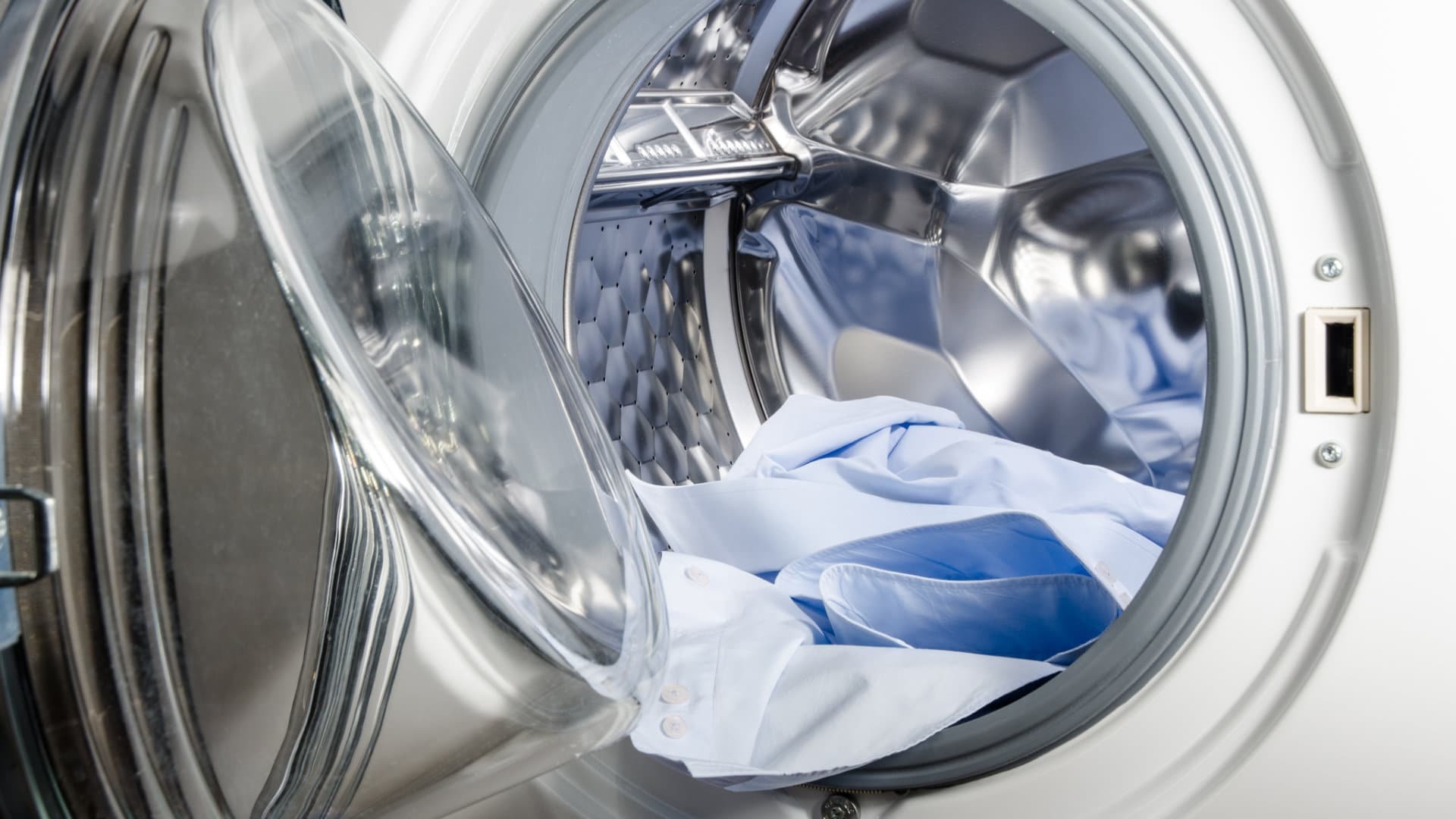
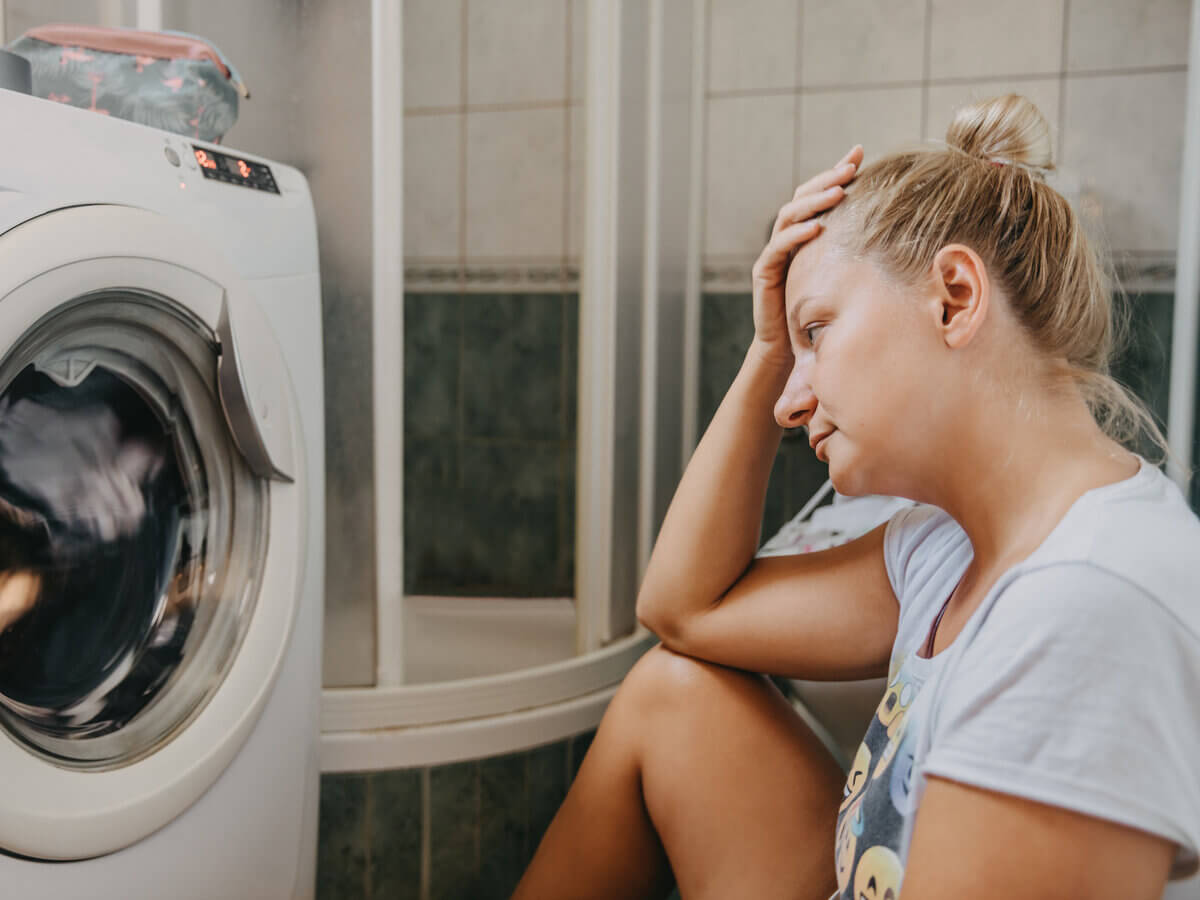
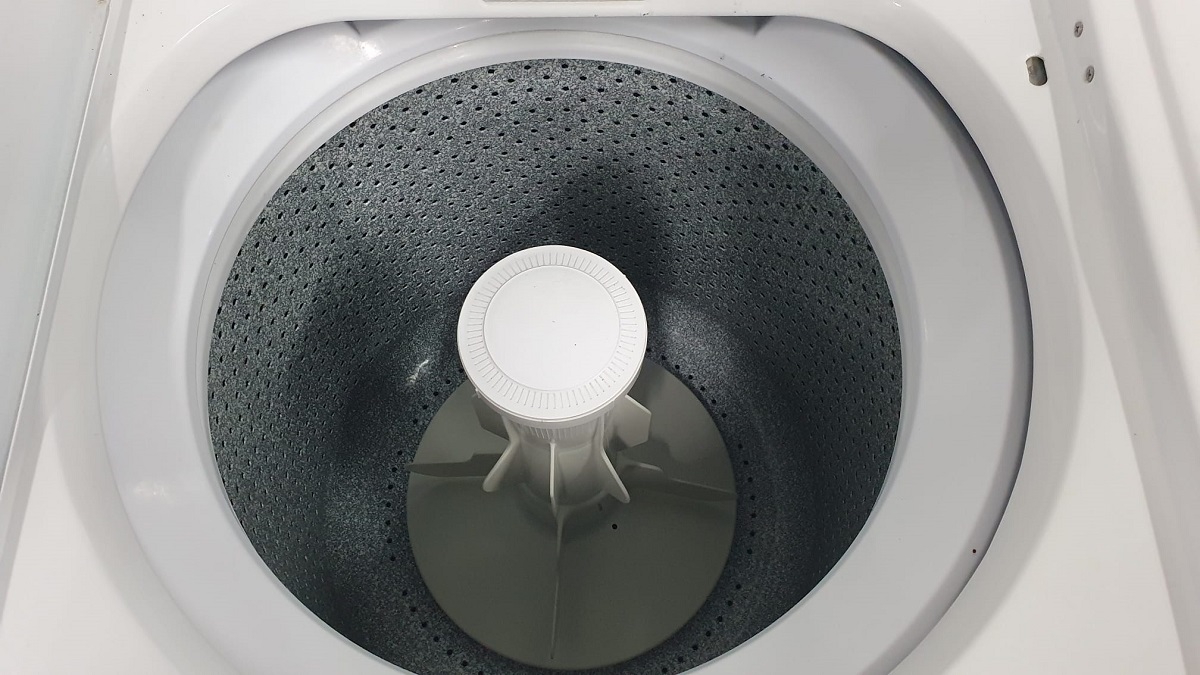
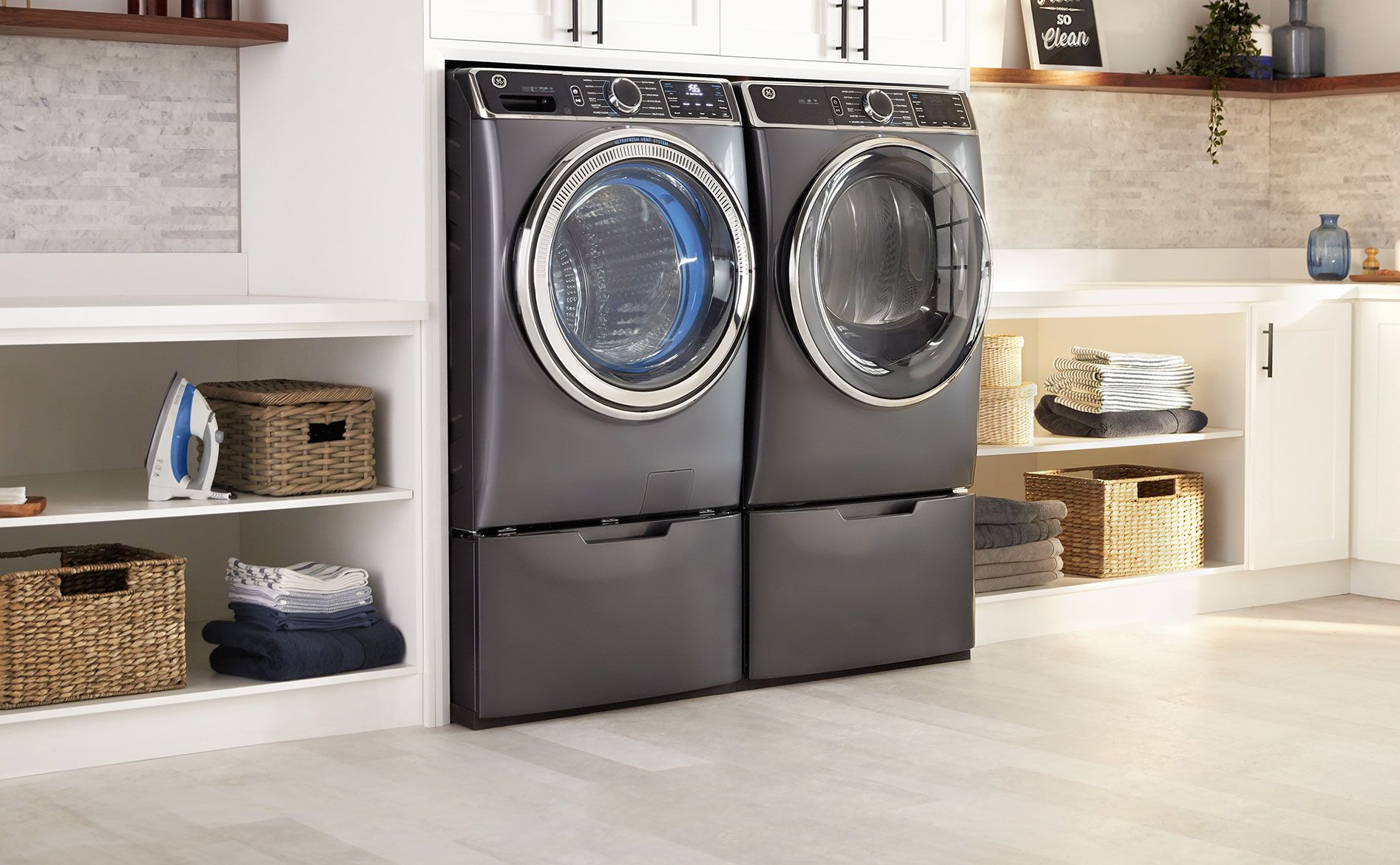
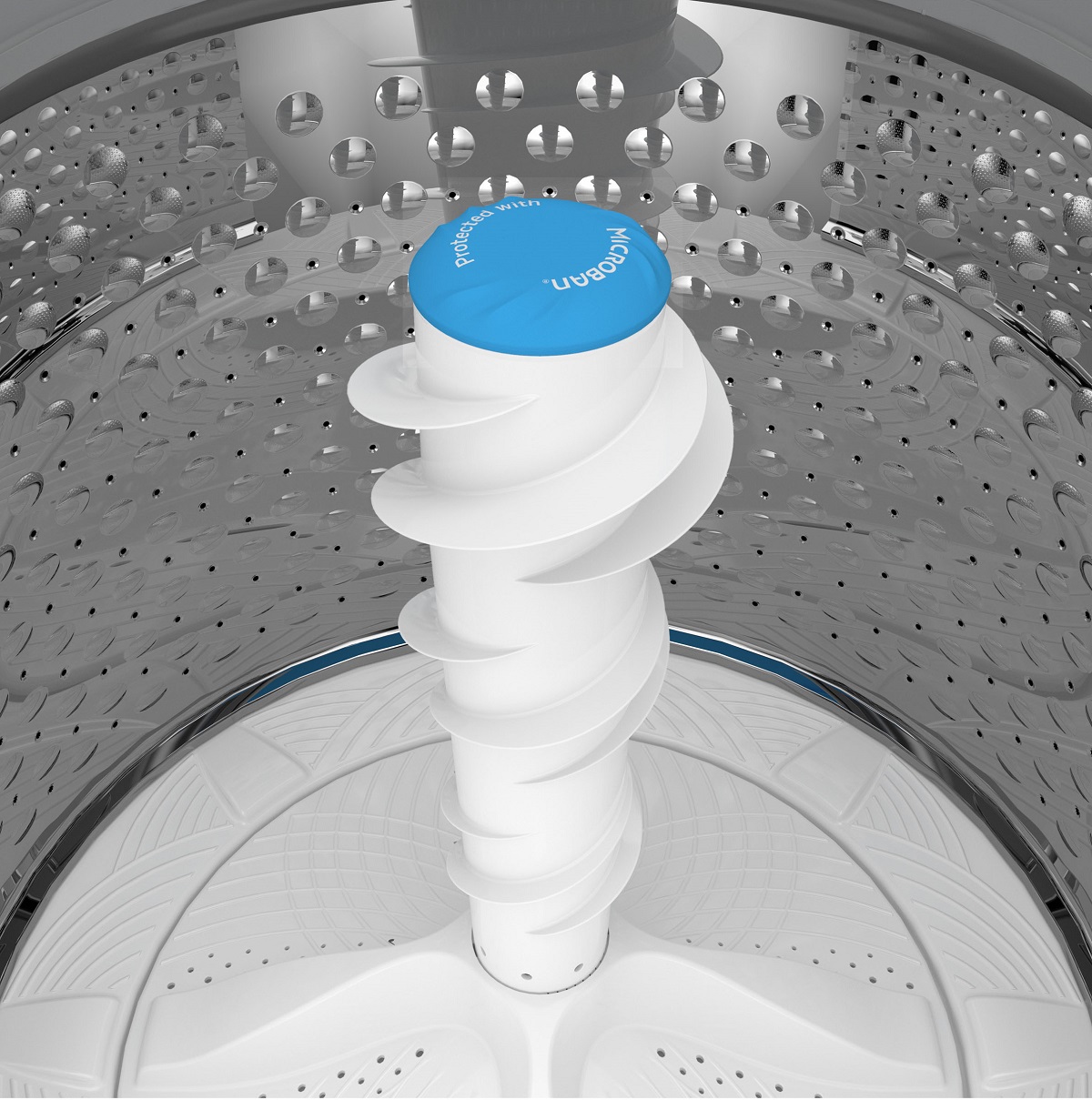
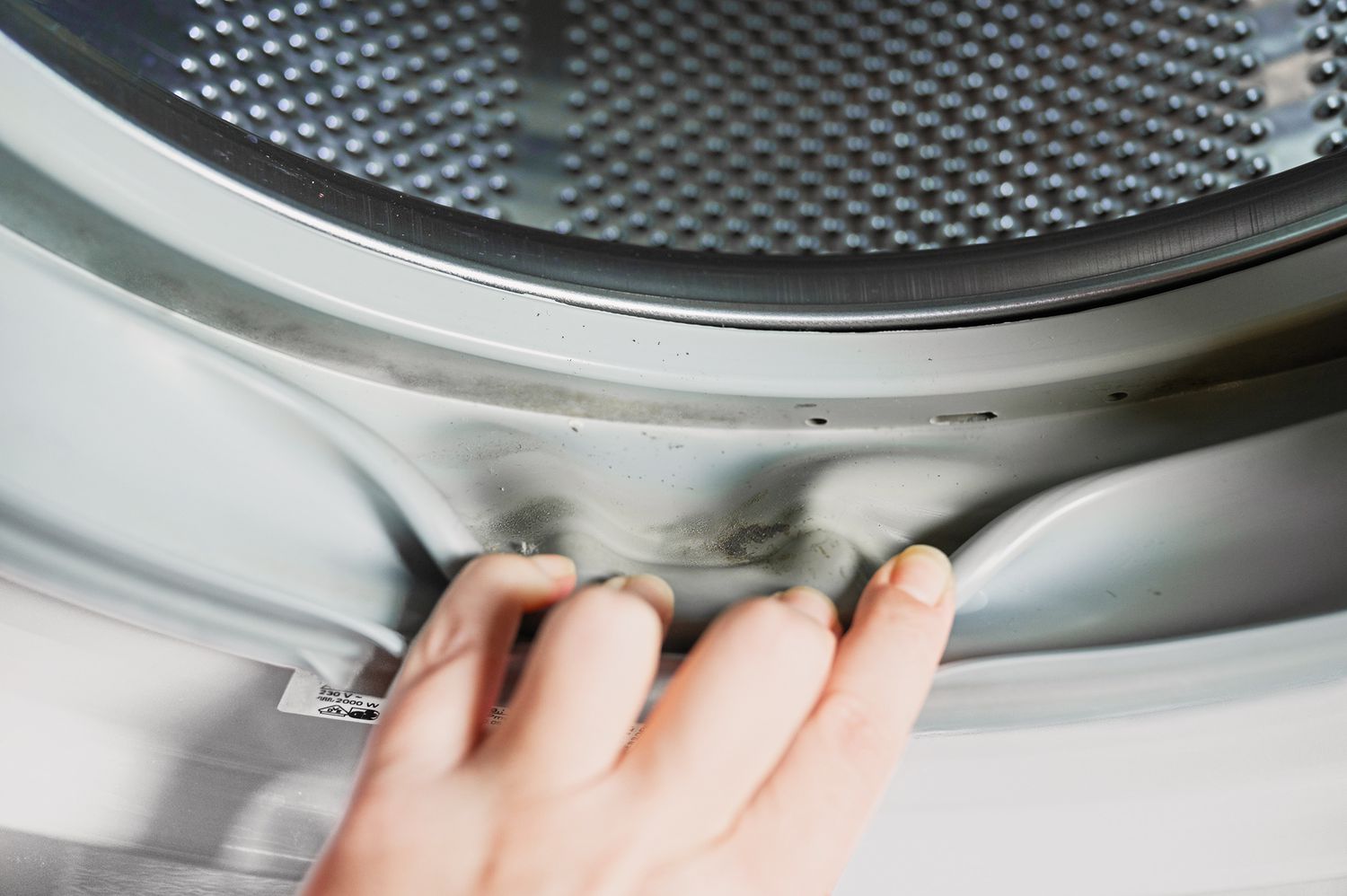
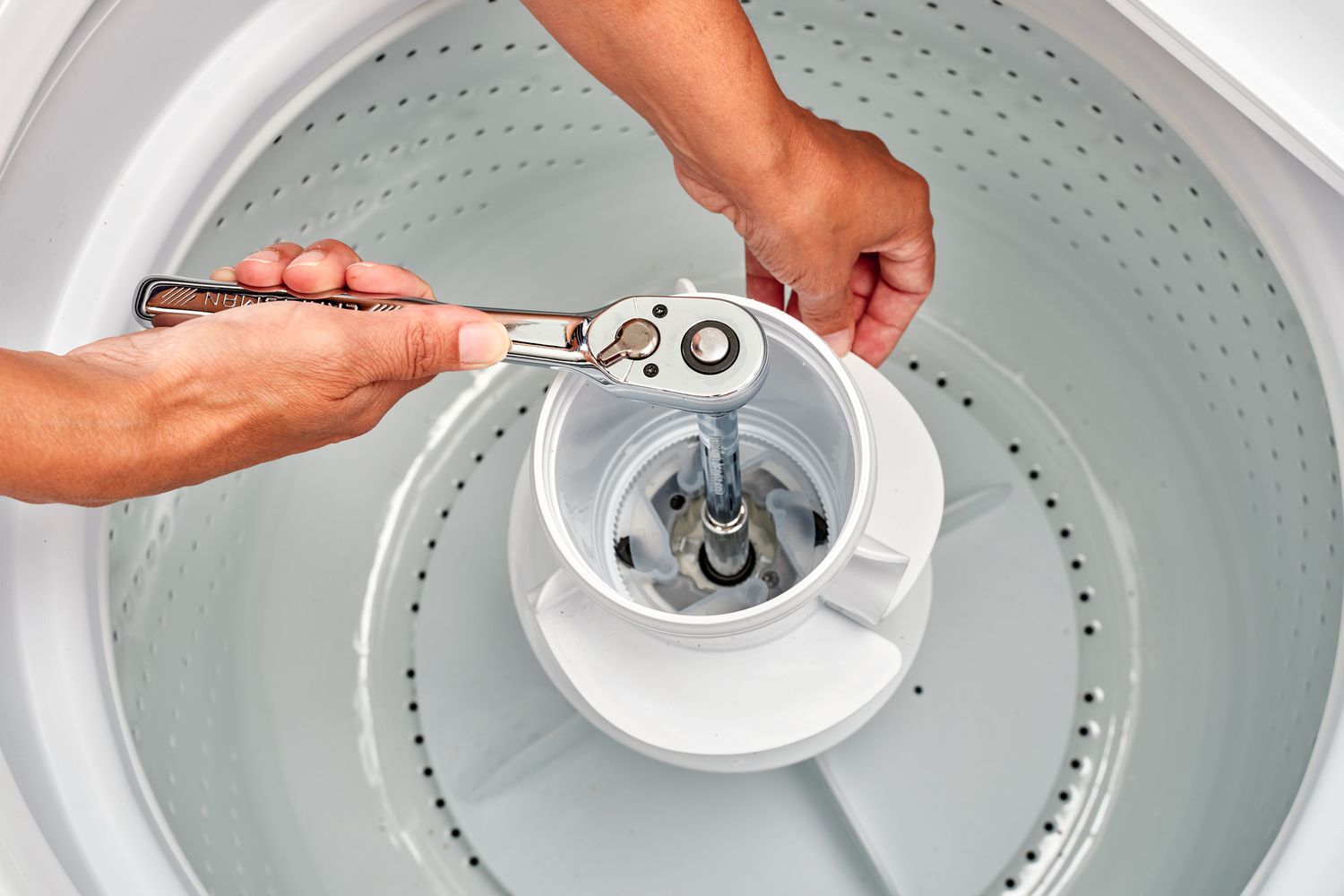

0 thoughts on “How To Stop A Washing Machine From Moving”